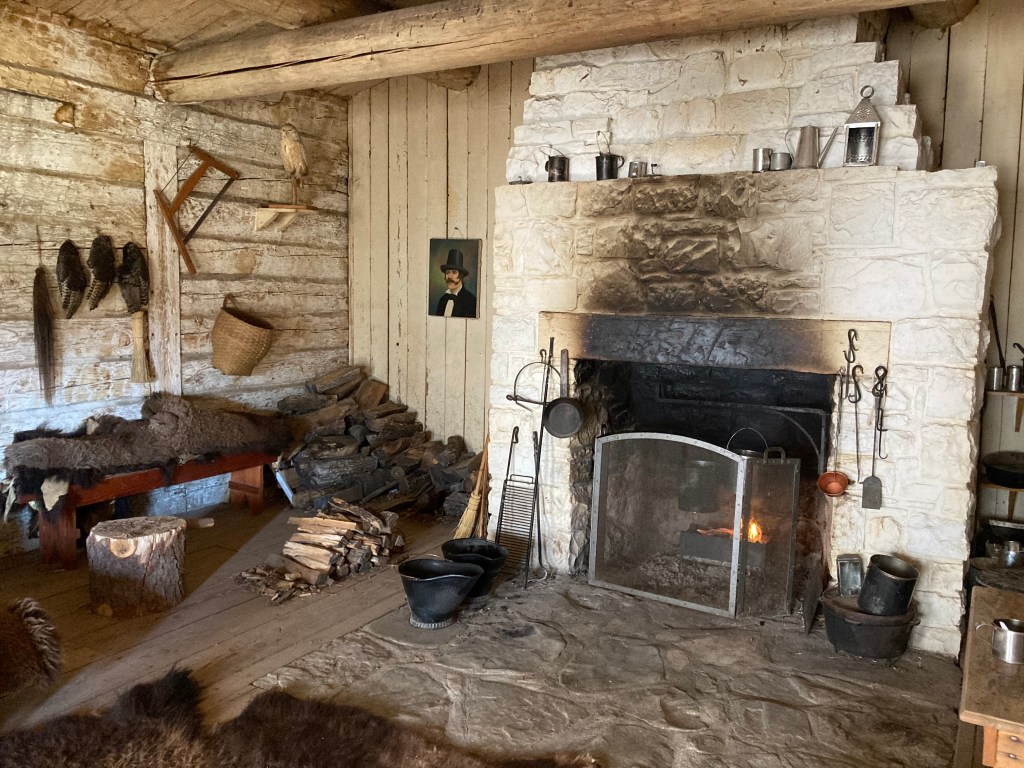
Bismarck, ND Thursday June 17
Last night on the road for this trip. Our drive to Williston ND brought us farther into northern North Dakota and allowed us to experience two additional new, to us, National Park units that were not in our original plans. Fort Union Trading Post is 25 miles southwest of Williston right on the Montana-North Dakota border.
Fort Union is important for two reasons. First it was the longest lasting trading post, in existence from 1828-1867. Second, it represents a time when relations between Native Americans and fur traders (whites) were on an equal footing. Each had value to the other in economic terms. There was not yet the overwhelming push by settlers to take over the western U.S.
Fort Union was built by the American Fur Company, a company formed to counter the British Hudson Bay Company and Northwest Fur Company. As fur trading died out in MN and WI, the fur bearing animals of the Rocky Mountains became more important. Fort Union was built at the confluence of the Yellowstone and Missouri rivers, two major navigation routes in the west coming out of the Rocky Mountains. It was a natural location for a post.

Not as splashy as the Bent’s Old Fort down in Colorado, the re-creation of Fort Union still demonstrates an imposing and functional structure. This weekend, a re-enactment of a rendezvous was being held. A rendezvous was an event held at trading posts across the Upper Midwest where fur trappers, Indian, white, and Metis, would gather to trade goods and celebrate after a long period in the woods trapping. At Fort Union, reenactors portray 19th century living skills.

Having seen rendezvous reenactments previously in Minnesota, we did not hang around (we arrived when the fort opened) for the full display. The person dressed as the fur trader did an excellent job discussing the post and its importance. Fort Union also had several well-written handouts on various aspects of life at the post. We generally try to read as many of these written materials as we can. Usually the reading occurs after we get home. You will have to explore their web sites on your own if you want further knowledge.
The degree of post COVID-19 interaction is still evolving. The reenactment at Fort Union will obviously bring many people together, most outdoors. At Little Bighorn, the park video was not being shown, they suggested you check it out via YouTube. At Yellowtail Dam, we were able to choose which video to see. We chose the one detailing how the dam was built. The video was made 50 years ago and the cultural differences were obvious with constant references to men with brawn and big hands. At Knife RIver, our next park stop, the video was encouraged as a means to understand the site.
Before reaching Knife River Indian Villages Historic Site, we stopped first for a quick look at the confluence of the Yellowstone and Missouri Rivers. It is a North Dakota State Historic Site, we just visited briefly. Our second stop, not counting the delays and waiting time for road construction, was at the north unit of Theodore Roosevelt National Park
Theodore Roosevelt is a spectacular park, with the greater portion of the park in the south unit. On August 13, 2013 we drove the scenic loop there and had a memorable car breakdown. Today’s visit to the north unit was briefer and there was no car problem. If you have not heard the story about TR and this national park, I will provide a very brief summary. In 1884, his wife and his mother died on the same day. TR came west to this area to recover from his grief. He did and his time out here shaped his views on preservation. During his time as President, the Antiquities Act was passed which allowed him to name 18 national monuments. The US Forest Service was created along with five national parks and 150 national forests.
We came here mainly to have lunch. The north unit of the park is on a direct path between Fort Union and Knife River. Lunch was in a shady grove by the “cannonball concretions”. Protruding out of the rock surface are spherical rocks that look like cannonballs. The theory is that the spherical rocks were formed when sand grains from an ancient river deposit were cemented together by minerals deposited in groundwater.

After lunch, there was more road work and more oil and gas drilling. A local paper had a story that the company with the rights to drill close to Theodore Roosevelt National Park (this was big when first announced) had come to the end of its three year permit to start drilling. Nothing had been done yet. Environmentalists want the permit canceled for failure to meet the terms of the permit. The company wants an extension due to COVID-19 issues. Not sure of the final resolution since the company has been having financial difficulties but some sort of short term extension was being discussed.
Knife River Indian Villages Historic Site in Stanton ND is 115 miles from the north unit of Theodore Roosevelt National Park. The site preserves the location of several villages belonging to the Mandan and Hidatsu Indian tribes. There is a re-creation of an earth lodge used as a summer dwelling and a .75 mile trail leads to the Knife River. As one walks along the trail, you can observe small circular mounds that are the remnants of the lodges of the villages. An aerial photo clearly shows the outlines of the lodges that used to be here each summer.
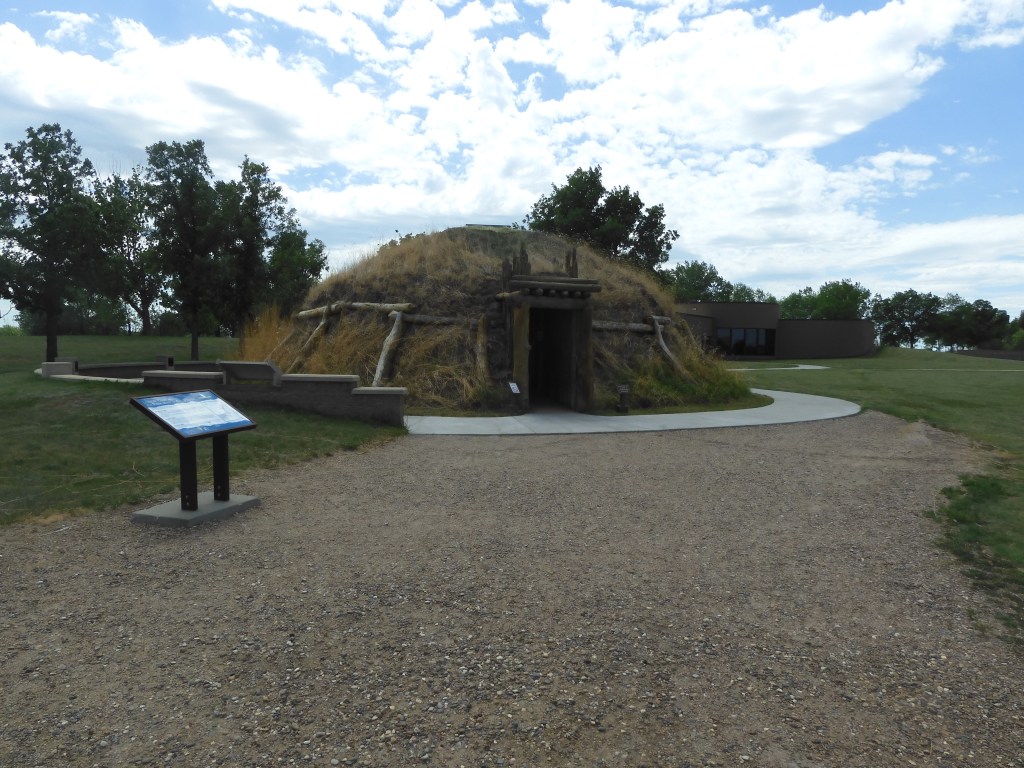
For those of you who remember part of your American history lessons, specifically of the Lewis and Clark Expedition, this site was where Sacajawea lived when she and her French trader husband joined with the exploratory group as guides, interpreters and tokens of the peaceful intention of the expedition. ( I am not going to write more about Sacagawea, you can explore the topic further; other than to note that we visited Pompey’s Pillar on an earlier trip. Pompey’s Pillar is a rock formation named after Sacagawea’s son who was born during the expedition’s arduous trip.)
Chris and I were struck by the spaciousness of the earthen lodge and the careful organization of functions and spaces within the lodge. The lodges were owned and constructed by the women of the tribe. The lodge would house 10-20 people, usually sisters and their families. The cache pit acts like a root cellar with food stored in clay pots. The beds were raised platforms of wooden boards covered in buffalo robes. Today’s descendants of earth lodge dwellers live in modern dwellings on the Fort Berthold Indian Reservation.

At the visitor center we talked to several people including the young female park ranger. As is our wont, we asked where she was from and how she liked her job. It turns outs she had worked on a year long assignment in the Twin Cities with the Mississippi National River and Recreation Area. Part of her assignment was spent working across the street from us at Crosby Farm Regional Park. We knew several staff in common and promised to pass along word to them that she is doing well.
Bismarck is but a short hour ride away from Stanton where we stayed in our last Hampton Inn of the journey. We celebrated a great trip with dinner at Olive Garden.
Friday’s drive to St. Paul was uneventful. The traffic grew dramatically once we crossed the MN-ND border with road construction delays south of St. Cloud. By the time we reached the suburbs, traffic was very heavy. Maybe people are still working from home, but they are sure driving their cars somewhere.
One final note. In general our trip avoided major cities. The lack of visible minorities was striking throughout the journey. People of color and of visibly obvious different religions were very few and far between. In thinking of diversity and acceptance of people who are different from you, it can be difficult to accomplish tolerance if one never has the opportunity to meet and interact with people you only see on TV or hear about in stereotypes.

Ed Heimel, Chris Klejbuk St. Paul, MN June 18, 2021. Twenty days, 5100 miles, 10 states



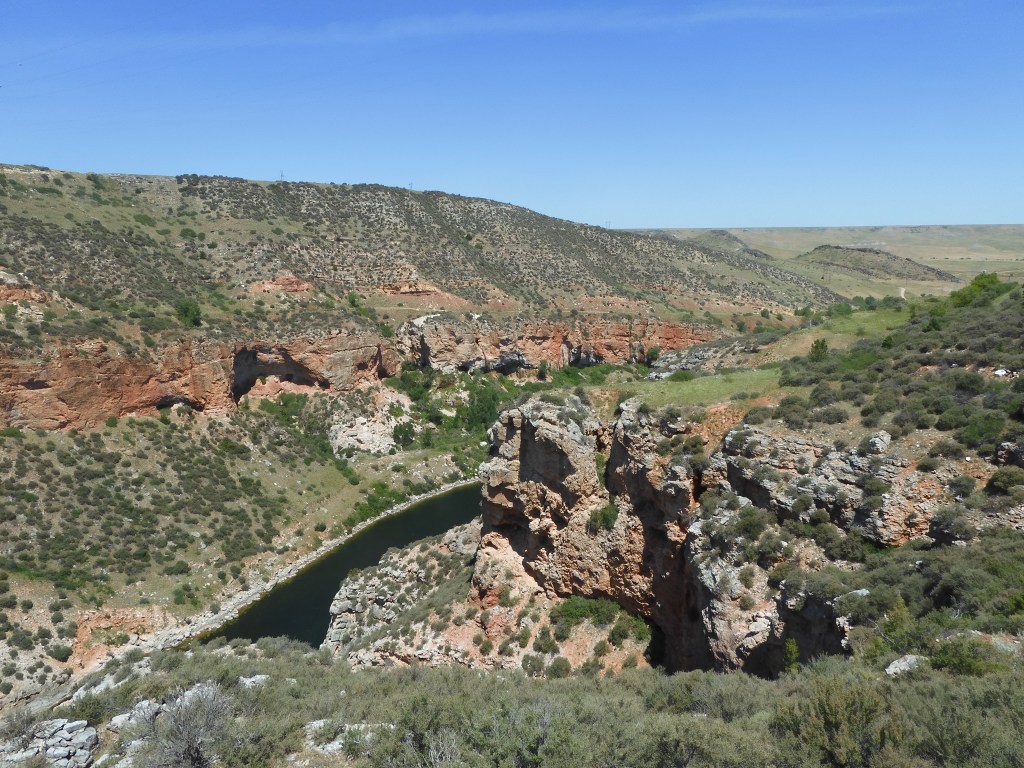



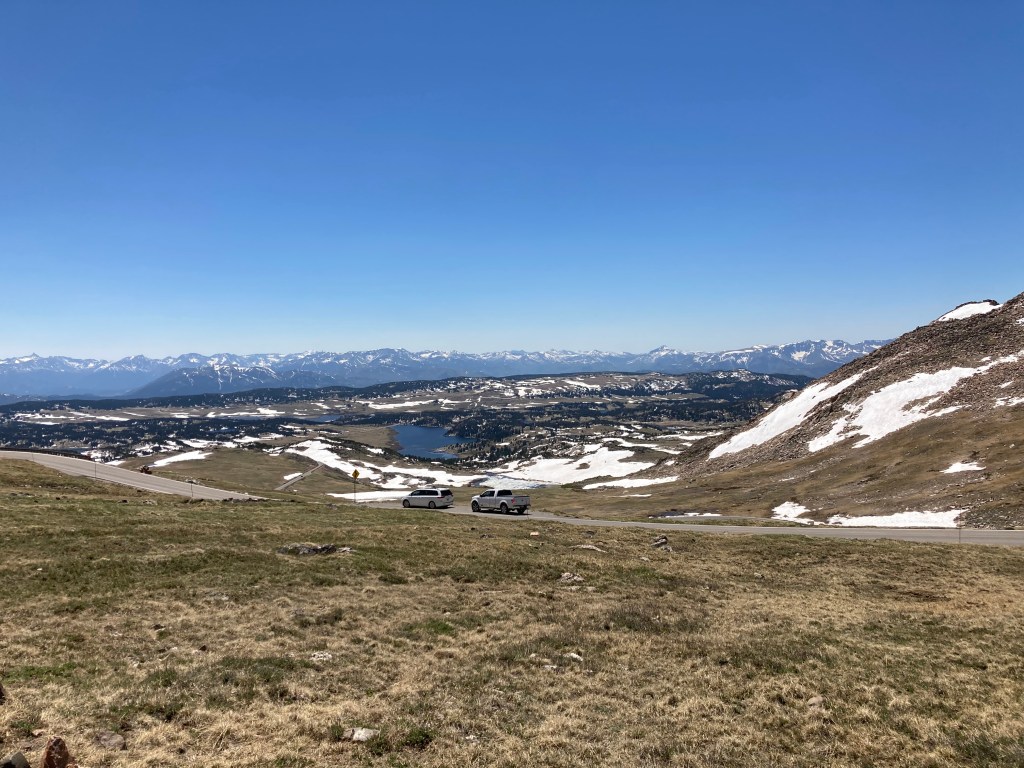
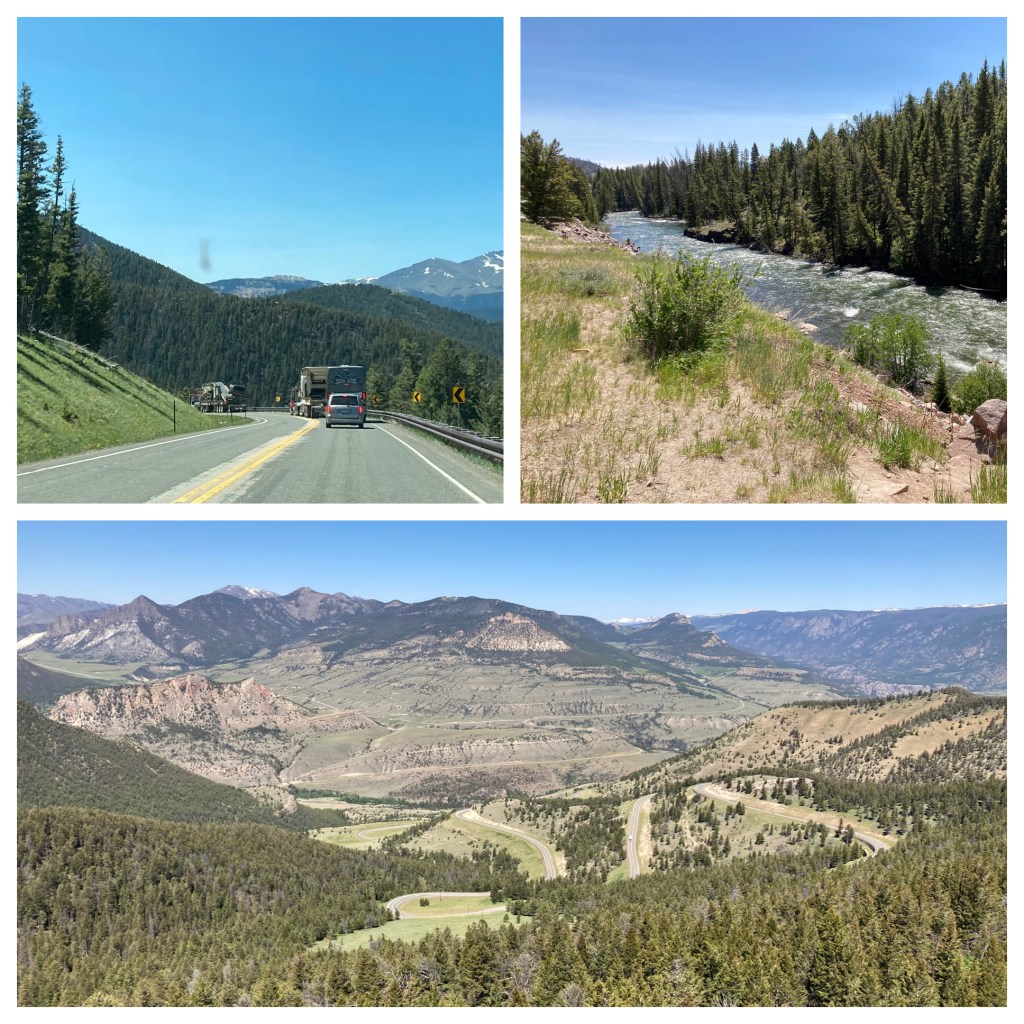







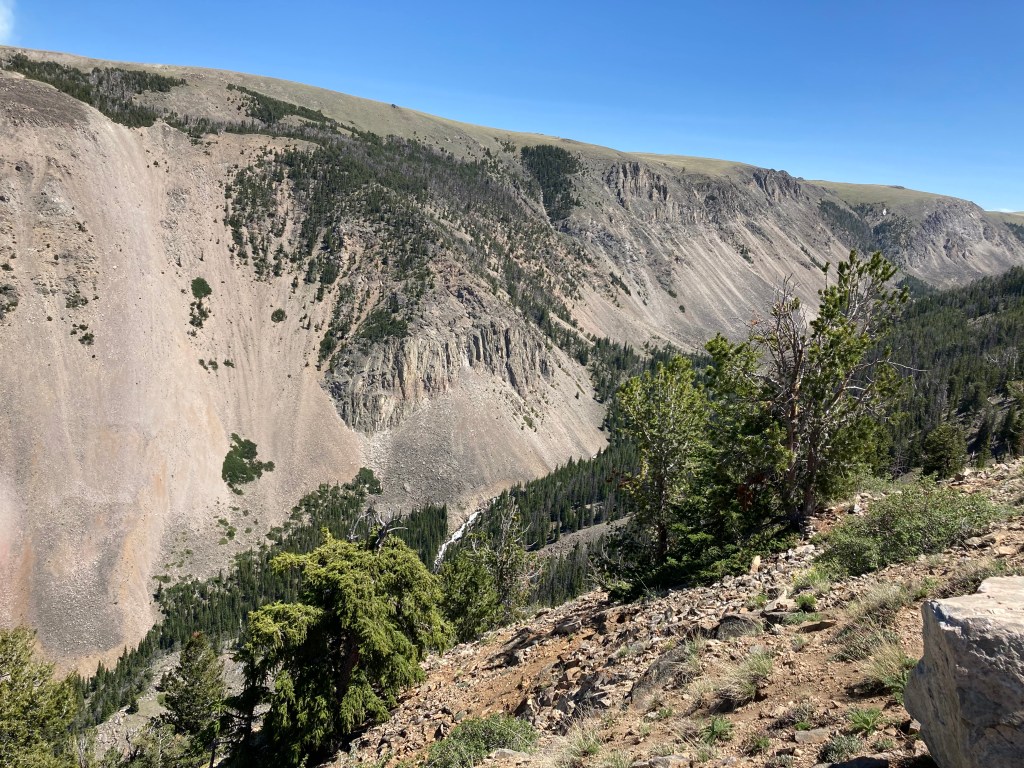


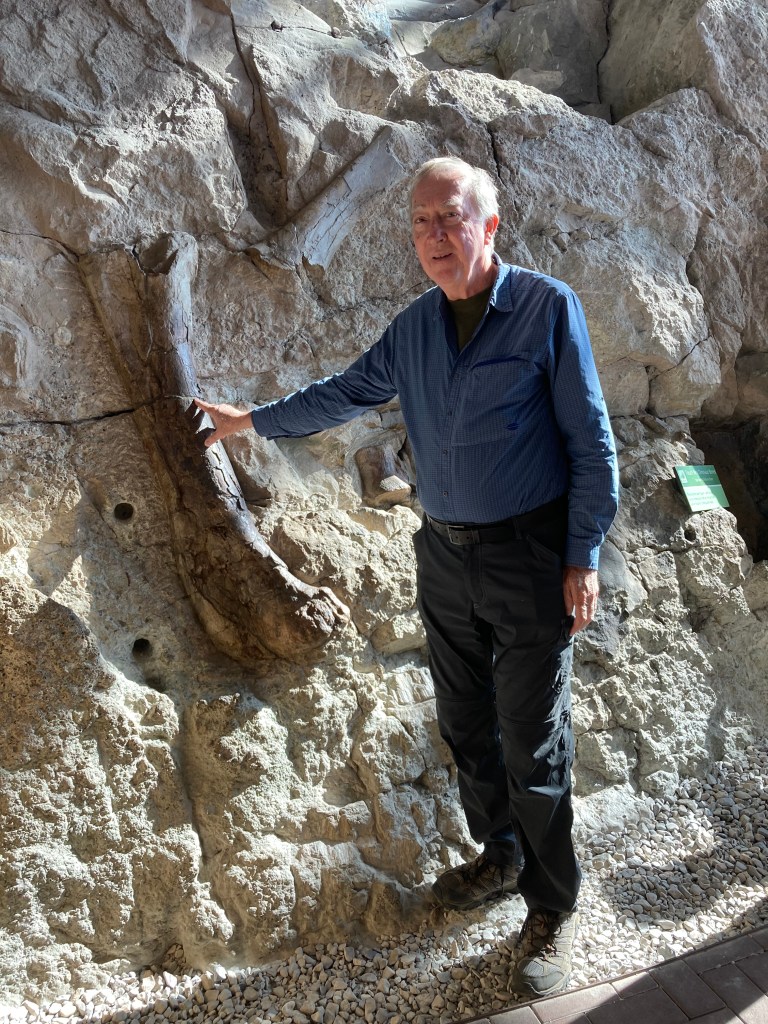



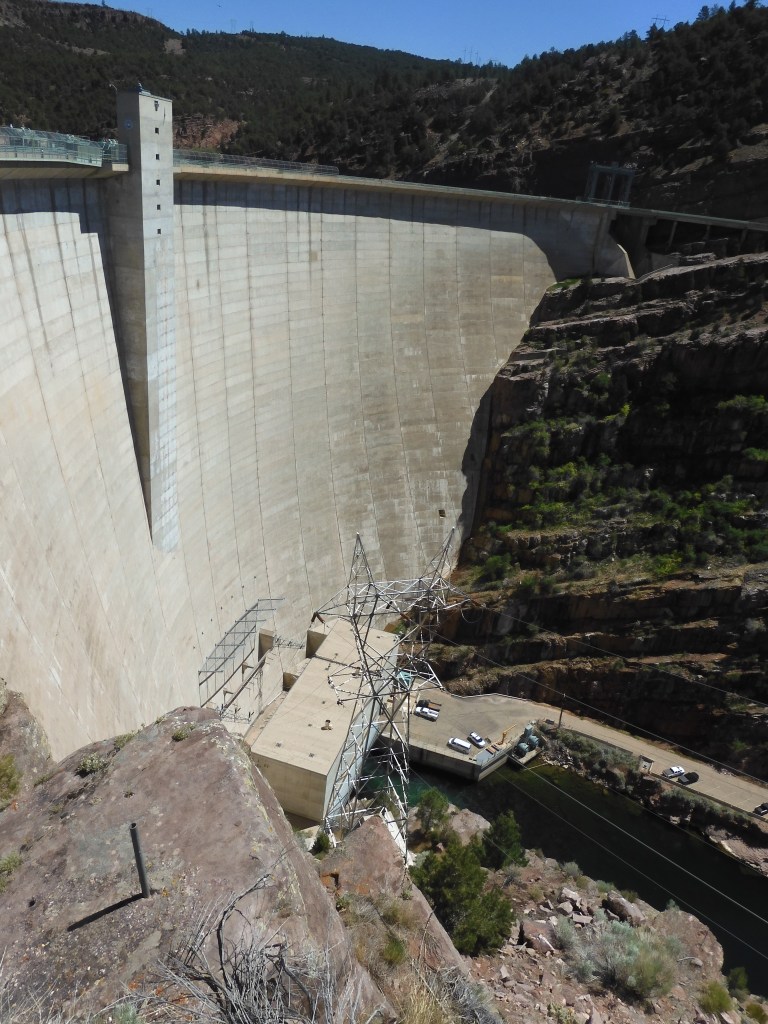



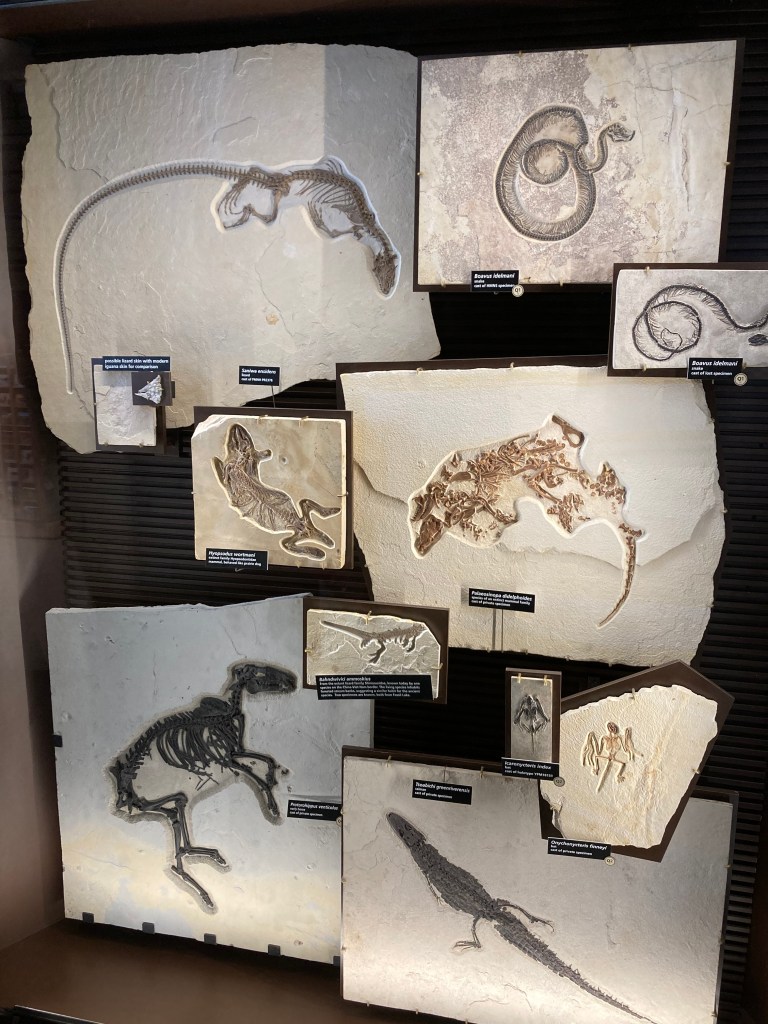
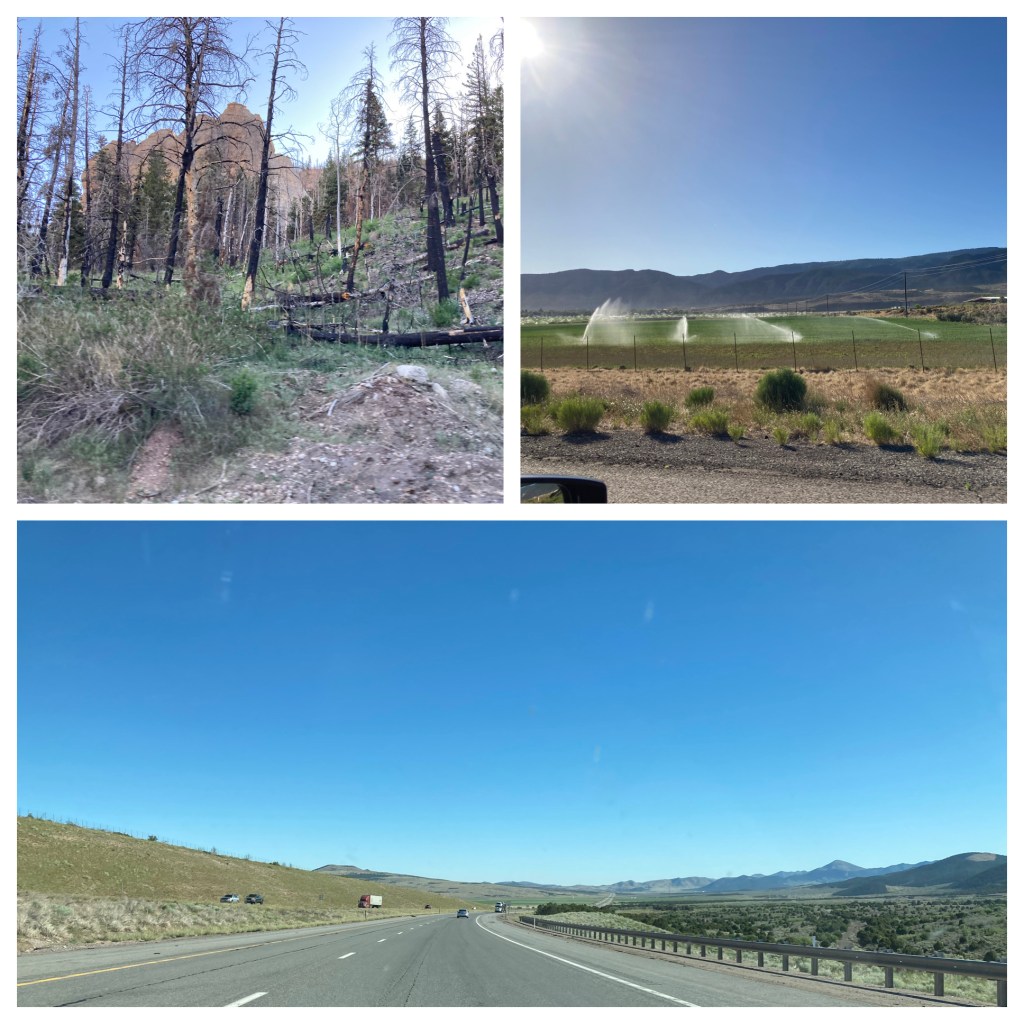


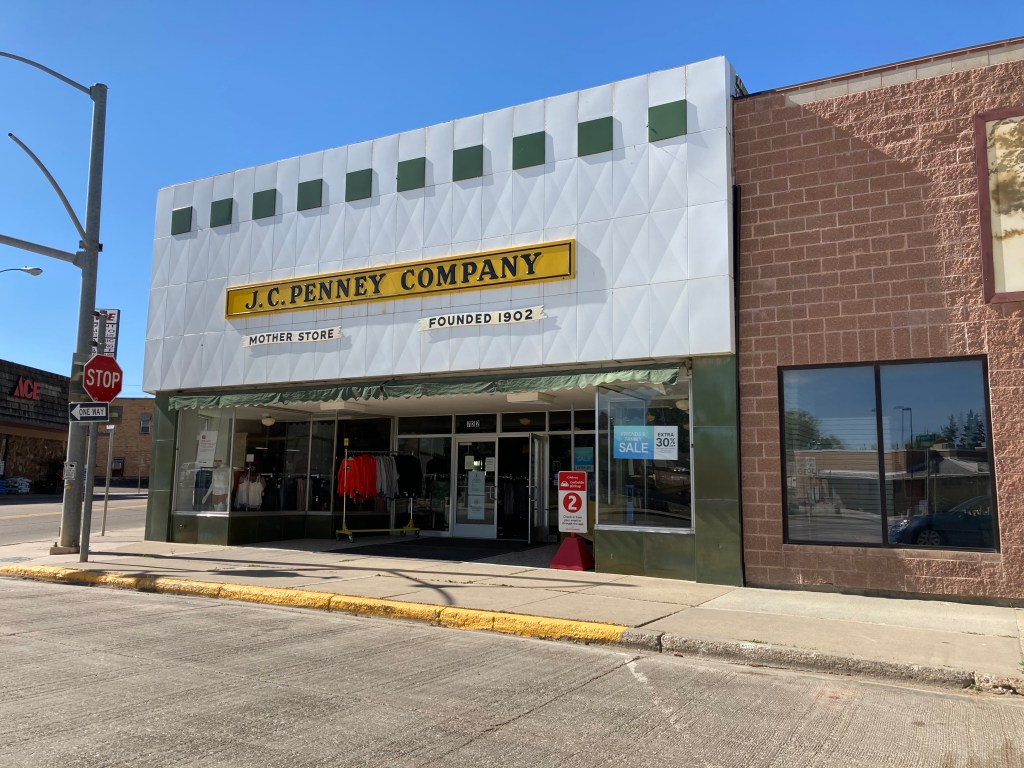

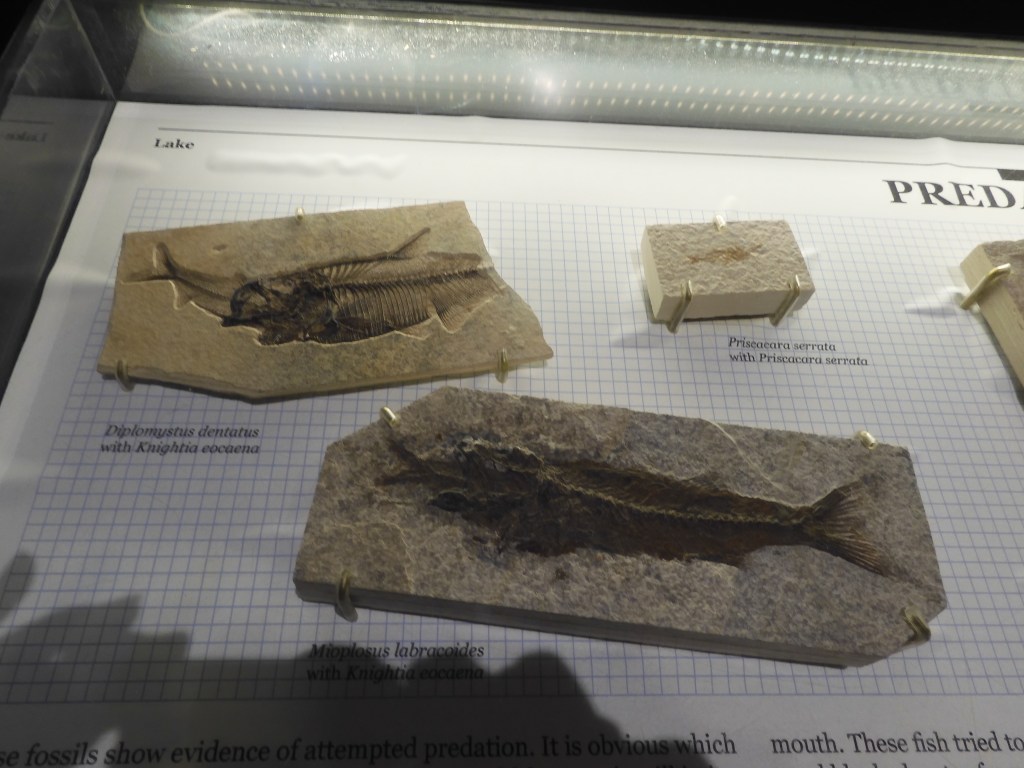















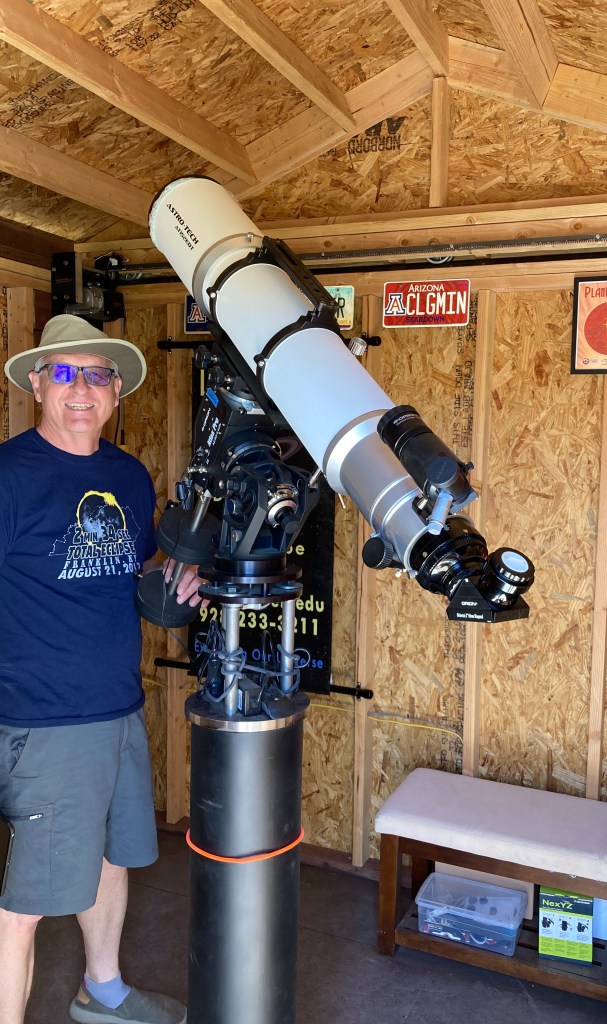





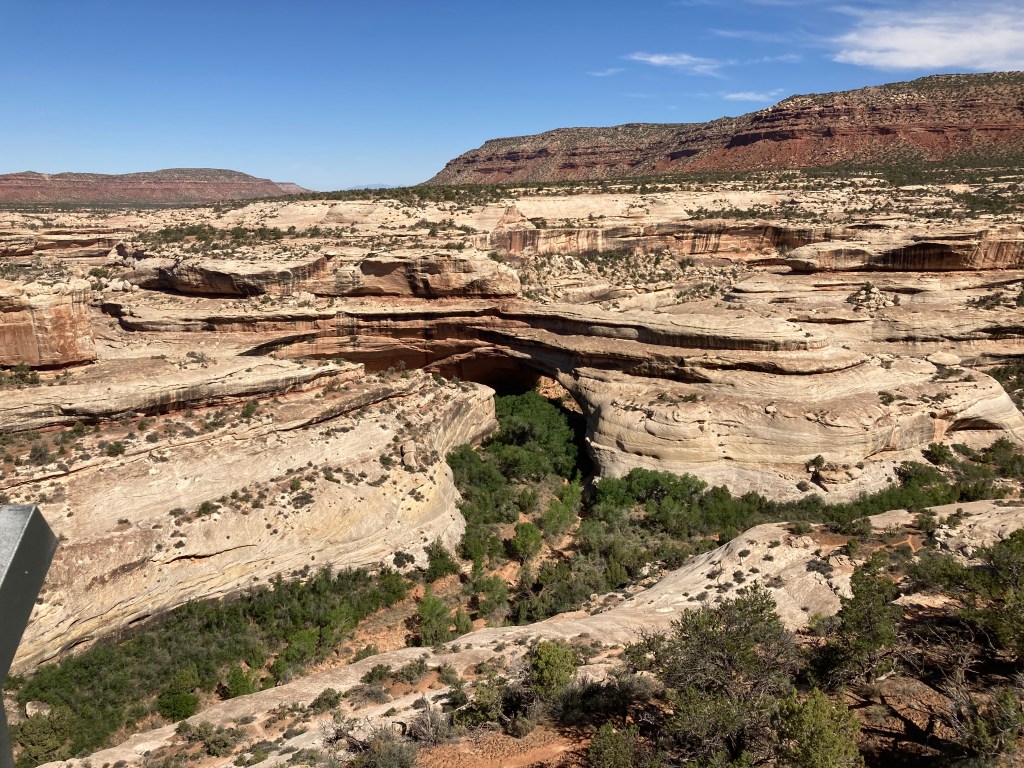








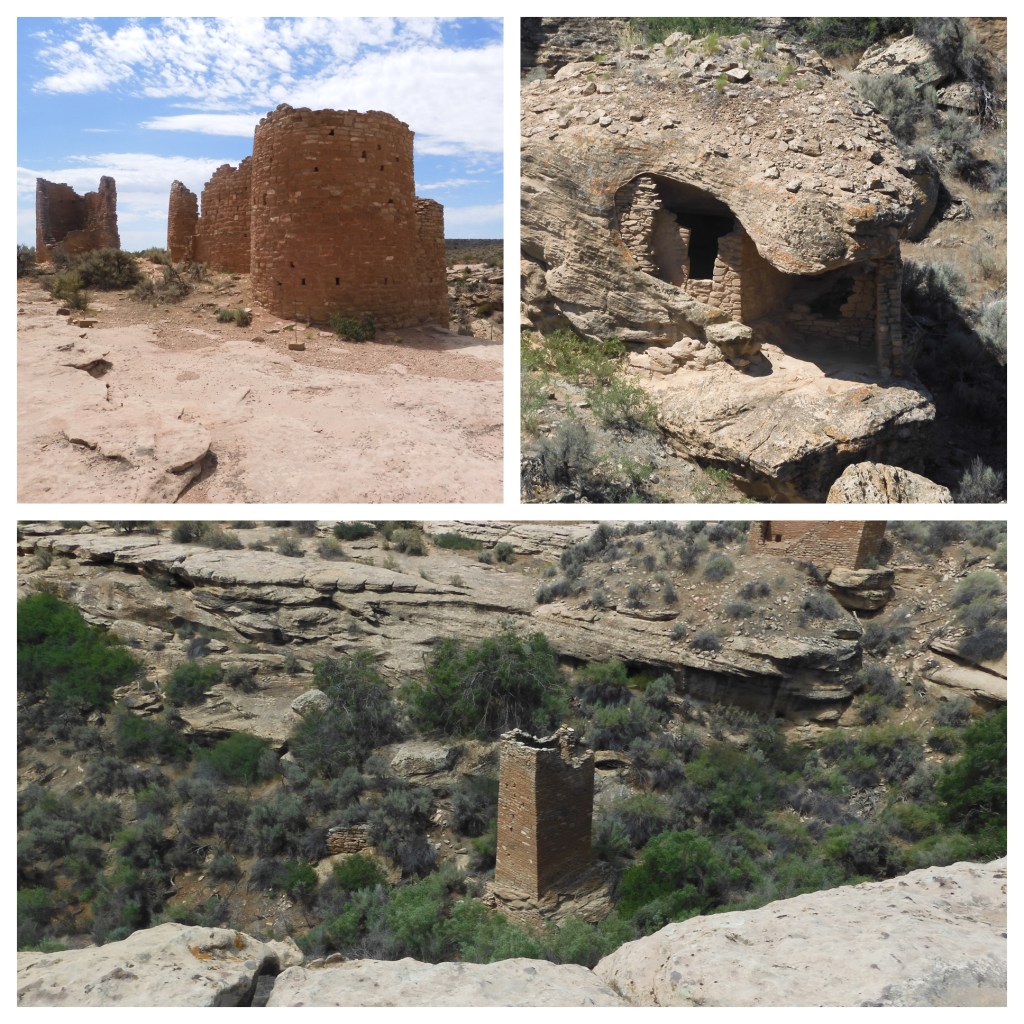








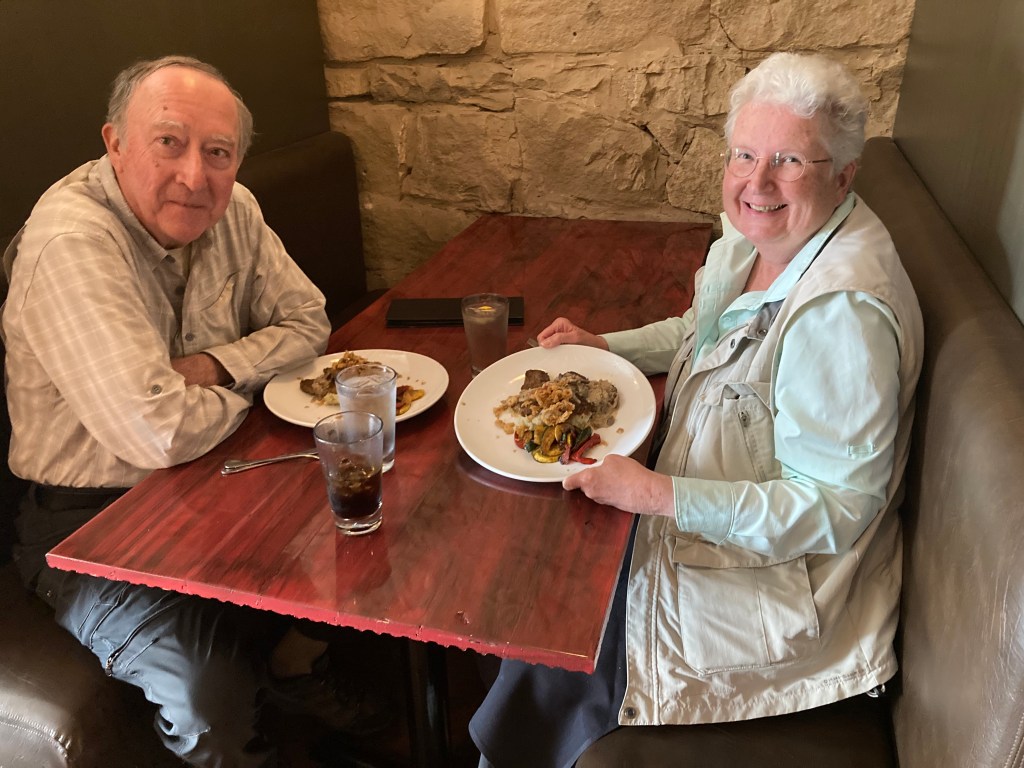
Recent Comments